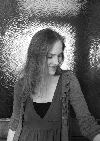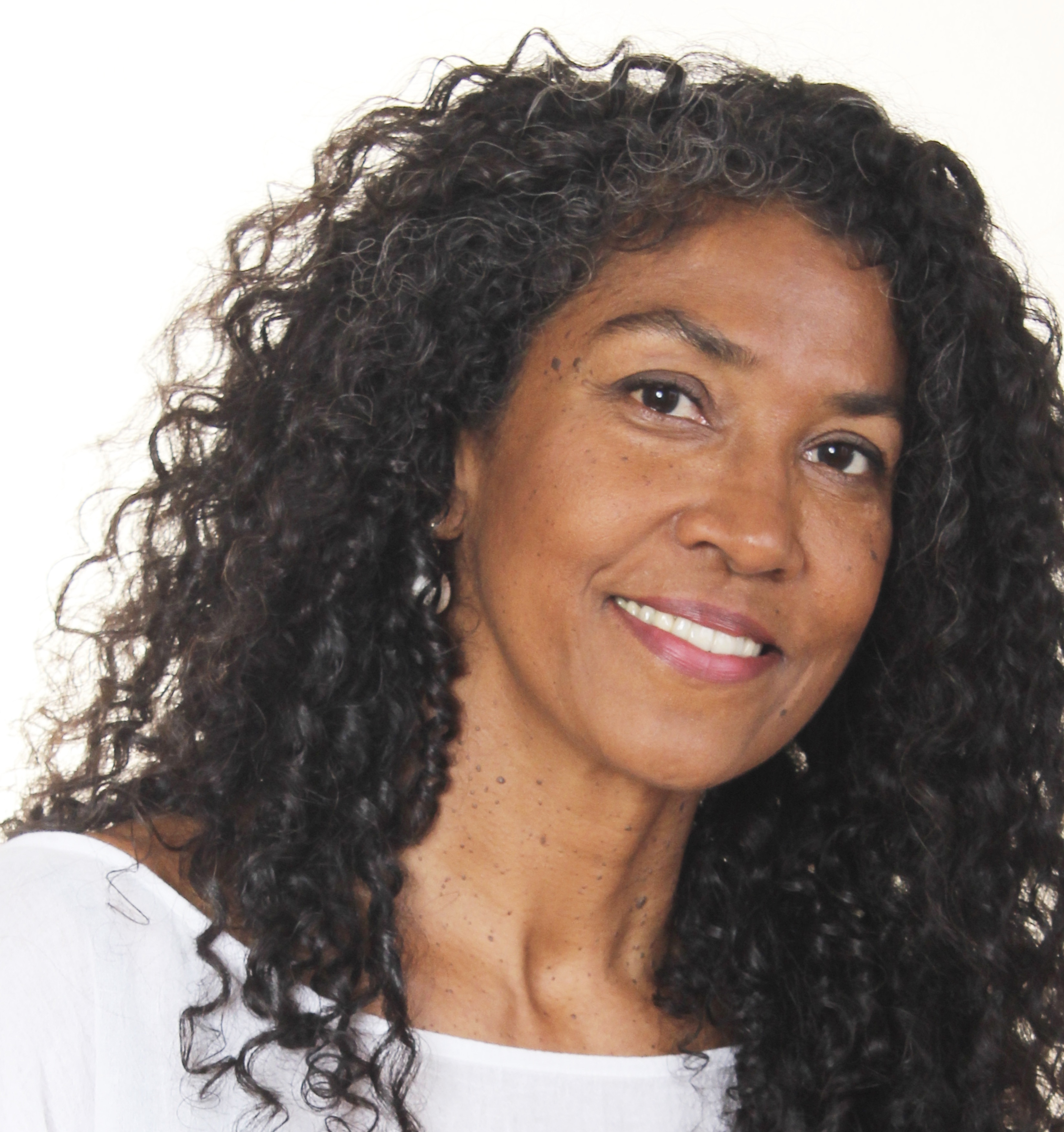The Heart Specialist
Claire Holden Rothman
Cormorant Books
$21
paper
320pp
978-1-897151-21-1
Rothman, a native Montrealer who has published two short-story collections and now earns her living as a translator for television, was inspired to write the story while grappling with a novel based on her own family’s history. “I stumbled upon Maude Abbott’s story. I was very curious that as a layperson I had never heard of her.” Dr. Maude Abbott, born in 1869 in St. Andrews East, Quebec, invented the international classification system for congenital heart disease. “She’s known within the medical establishment now,” says Rothman, “but this is a person who was really well known in her time. They have monuments to some of the male doctors, but Maude Abbott? You talk to anyone outside of medicine and no one has heard of her.” The discrimination Abbott faced in her lifetime continues, to some extent, today: “McGill considers her very important but there’s no library named after her, no amphitheatre. Her portrait hangs in the Faculty Club.”
Though Rothman’s heroine Agnes White was partly inspired by Abbott, the author makes it clear that The Heart Specialist is not Abbott’s story: “I didn’t want to tell her story, I wanted to write a novel. But I did want to tell people about her work.”
Indeed, Rothman’s story draws us in not because of its historical relevance, but because she succeeds in making us identify with Agnes. Agnes suffers many of the nineteenth-century fictional heroine’s requisite interesting misfortunes. She and her sister are abandoned at a young age by their infamous father, a doctor, and shortly thereafter lose their mother to tuberculosis. Raised by a loving if conventional grandmother, Agnes grows up a precocious misfit who delights in dissecting dead animals. She thrives under the tutelage of a sympathetic governess and, after a period at boarding school, goes on to attend McGill as an undergraduate. Eventually, she aspires to enter McGill’s medical school. Like Jane Eyre, the character she refers to frequently, Agnes is a self-aware and plucky outsider. Her charm lies largely in her knowledge, and courageous embrace, of her ‘defects’ – her plain appearance, her gaucheness, and the fact that, as her unsympathetic future brother-in-law notes, her “stockings are so blue.”
The book holds us, too, with its vivid storytelling. The opening scene, in which Agnes’s father hovers over her before disappearing, is reminiscent of Gothic mystery: “My first memory of my father is of his face floating above me and weeping.” The mystery is reinforced by impressionistic memories of the “chocolate” smell of pipe tobacco, her father’s drooping moustache, and Agnes’s desire, swiftly repressed, to reach for him. Rothman depicts nearly every stage of Agnes’s emotional trajectory with strong imagery and meticulously recorded feelings. When, as a young girl, Agnes cuts open a squirrel, we see the “gush of pink fluid that arced up, splattering the camel-hair coat Grandmother made for me last Christmas,” and, unbelievably, we empathize with her haste to explore its entrails; when she has her first period, we feel her discomfort and terror at the unexplained blood in the chamber pot.
A former lawyer who quit law to focus on writing, Rothman writes both methodically and intimately. By the time we reach the scene in which Agnes is rejected, after the Herculean efforts of both Agnes and her supporters, by the McGill medical admissions committee, we are mentally shaking our fists and perhaps planning to lobby the current McGill administration for that still-absent building dedication. Facing the committee, Agnes reflects:
I stood up, not trusting myself to speak. It was all I could do to get my body out of the chair and out of Laidlaw’s office, away from the intrusive eyes of these men whom I now understood had never meant to admit me, no matter what feats I performed. Dr. Howlett jumped up as soon as I rose and offered me his arm, but I did not take it. I could not stand any reminder of my gender.
Despite this great defeat, many victories await Agnes. Like Maude Abbott, she eventually obtains a medical degree, and even secures employment at McGill’s medical museum. “The career, I’ve tried to keep very close to [Maude Abbott’s],” says Rothman, “Her personal life – no.” Even as Agnes’s professional success – limited as it is by her gender – grows, so does her largely unconscious longing for sexual love. Rothman continues, “I was so struck by this woman Maude Abbott who had dedicated her life to learning about the heart, and in her own life didn’t have an intimate love. So it was very free territory for me to dive in and create.”
Besides her father, another intriguing male dominates Agnes’s attention: her father’s former student, the dark, powerful, and married Dr. Howlett. So consumed is Agnes by these two inaccessible men, that she is oblivious to the devotion of her much younger assistant, Jakob Hertzlich. He is the only one who sees through Howlett’s charm, and when Agnes fawningly prepares to fete her idol, he declares, “I’m not a proud man … but making parties for windbags wasn’t one of the requisites when I signed on.” Jakob is eccentric, smouldering, and perfect for Agnes, who repeatedly and sometimes inexplicably fails to respond to his appeal. This is perhaps the weakest part of the tale. Instead of a fully fleshed-out emotional struggle which fulfils – à la Jane and Rochester – the promise of their tense dynamic, we are diverted to Agnes’s experiences during World War I.
Though true to the time in which it is set, the story’s major strength is its contemporary quality. Many of the characters are misfits, marginalized for breaking gender rules (Agnes), by their Jewishness (Jakob), or their homosexuality (Dugald Rivers, Agnes’s colleague, and Miss Skerry, her governess). Such characters would rarely have featured in nineteenth-century fiction. “But they were there,” remarks Rothman. “The campus of Bishop’s University where Maude Abbott was trained took in Black students, Jews who couldn’t get into McGill, women like Maude Abbott. People were living those lives, being marginalized, trying to find their way.” Rothman seamlessly binds historical fact with a modern sensibility. Dugald Rivers, for example, remains irrevocably closeted, but it is made clear through his touching attentions to Howlett and other details that he is suffering from the cruel restraints of his era. Though the set, props, and acting are all period, the camera itself has changed angle.
The Heart Specialist offers something for nearly everyone. Students of Canadian history, particularly Canadian medical history, will enjoy the work’s careful and lifelike detail. Montrealers will delight in the atmosphere of turn-of-the-twentieth-century Montreal, which is a palpable presence through the book. Yet others will be drawn to the depiction of a pioneering woman’s struggle. Mystery lovers will revel in the slowly unveiled secrets, and romantics will discover at least a little of the stuff of dreams. Some will find the best thing of all: a book we look forward to turning the pages of, remembering where we last left off. mRb







0 Comments